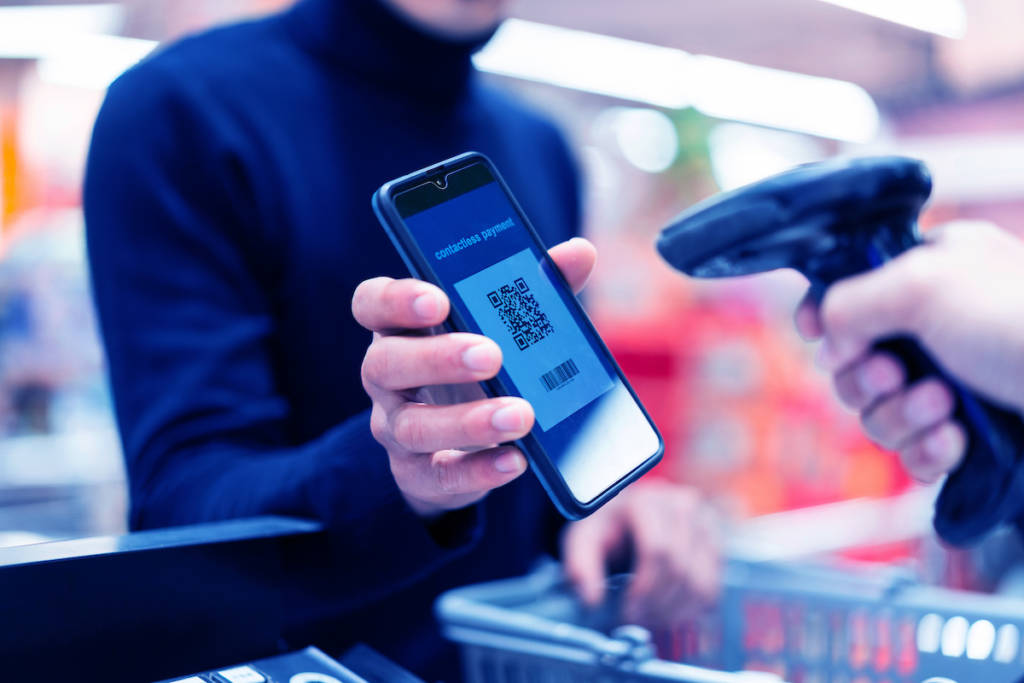We have come far, but still have a long way to go
The industry’s transition from a closed to an open system is accelerating, but is still incomplete. The current state is best defined as semi-open. The ubiquitous and ever-quickening connectivity afforded by the internet has changed many aspects of the industry.
Protocols
Although more APIs and protocols exist than ever, there is movement towards the creation of standards. ISO 20022 is one example. Even more importantly, format conversion is increasingly effective and tools such as REST and JSON have made it easier to work with multiple protocols and APIs.
Access
In most advanced markets, such as those in Europe, the U.S., Australia, and Japan, any properly accredited institution can act as a payment provider. Accreditation is the only barrier to access and is rarely artificially burdensome. However, there are still geographic markets that maintain high burdens to accreditation, hampering overall openness.
Channels
The frequent overlap of e-commerce and m-commerce is driving the industry towards omni-channel enablement. Omni-channel payments often appear seamless to shoppers, but in reality even the most advanced merchants have difficulty integrating and reconciling multi-channel data.
Geographic coverage
Cross-border bank transfers are faster and more affordable than ever. Ecommerce is shifting payments away from a domestic industry to one that is increasingly global.
Infrastructure
Most infrastructure is now payment as a service (PaaS) and cloud-based and alternatives to the traditional card and banking legacy systems are emerging.
Challenges remain
If the current state is semi-open, there are many benefits still to be realized by becoming more open. Yet there are several challenges the industry must first overcome.
Open front-ends vs. legacy back-ends
The best payment systems straddle the line between cutting-edge and convenience: sophisticated front-ends supported by legacy back-ends. Despite recent innovations, mainframe-based legacy systems are still the most efficient option, particularly compared to migration to new systems. This balance of old and new is currently very useful, but full openness requires legacy systems be left behind.
Innovation vs. economies of scale
There is inherent tension between scaling and innovation. Large incumbent providers have the ability to bring products to scale, while smaller, nimbler players can adapt innovative products more quickly. Partnerships address this tension: innovators benefit from their partner’s scale and scale players from their partner’s innovative nature. Such partnerships are increasing, but in a fully open system they will be even more prevalent.
Internationalization
Shoppers and merchants expect global solutions yet internationalization is not easy. It requires significant investment in licensing, local operations, and adaptation to new languages, currencies, and markets. Partnerships are typically used to build global networks and such partnerships and networks will increase with more openness.
Open competition
As the industry becomes more open, the barriers to entry are lowering, increasing competition. After implementation of the forthcoming Payment Services Directive (PSD2), the industry can expect Third Party Providers (TPPs) to compete in many areas banks and payment service providers (payment service providers) now dominate.
The future of payments is wide open
As the payments industry becomes even more open actors will experience a number of changes. Preparing for this future will enable payment actors to succeed.
Interoperability of everything
Universal standards will replace format conversion. Omni-channel solutions will be made of integrated components rather than separate parts. Portals and services will seamlessly integrate through a single sign-on. E-commerce, mobile technologies, and open business models will be drivers towards advanced interoperability.
Invisible payments
Payments will become just one aspect of a seamless experience for shoppers. They will effortlessly authenticate payment through biometric or other solutions.
Business ecosystems
Services will be constructed through open partnerships, networks, and ecosystems where participants freely use other members’ capabilities. The result will be greater specialization and tailored services for merchants and shoppers.
Global competition
Global regulators will adopt common standards that enable access to any credible party, not only local actors. With fewer barriers to entry and shoppers ignoring borders, competition will be defined by strategy, specialization, speed, productivity, and scale.
Trust augments and/or replaces accreditation
Risk management will be based on data transparency and shared trust. Risk scores will be openly shared among all actors, feedback loops will facilitate knowledge accumulation, and accreditations will be leveraged by others. There will be no need for endless compliance checks and signing up for services will be simpler.
The sooner the industry transitions from its current state to full openness, the sooner industry players will benefit from increased revenues as shoppers experience embedded and seamless payments. The question is not if the payments industry will evolve beyond semi-openness, but when it does, which companies will lead the way and which will simply follow the path most traveled.




